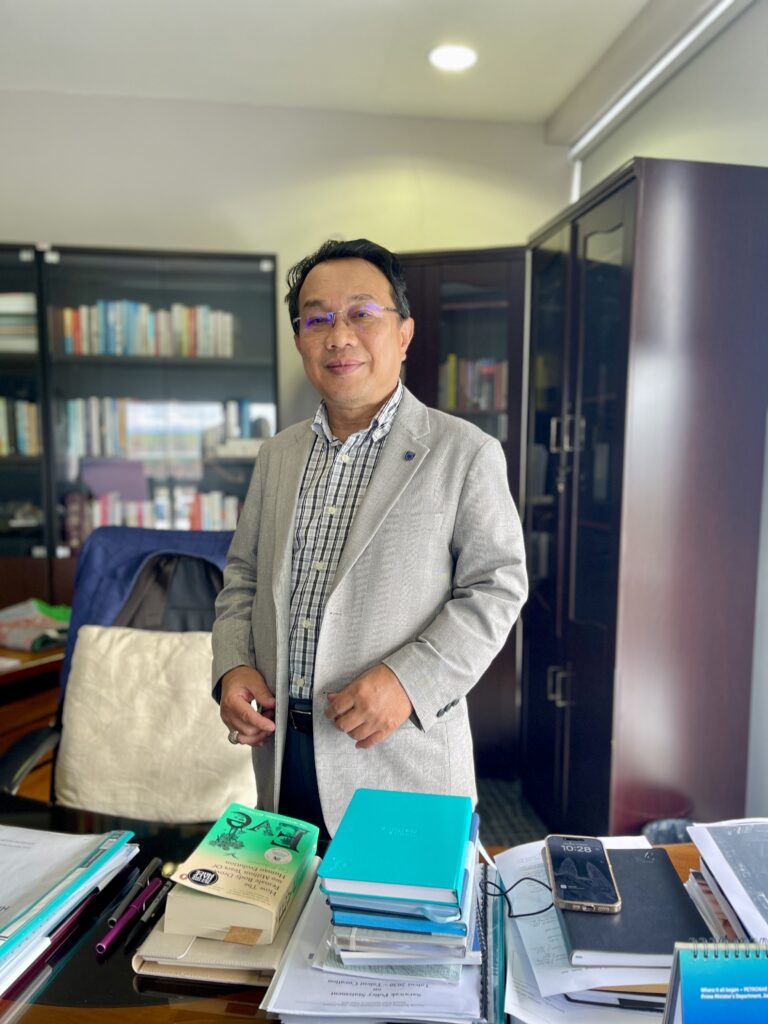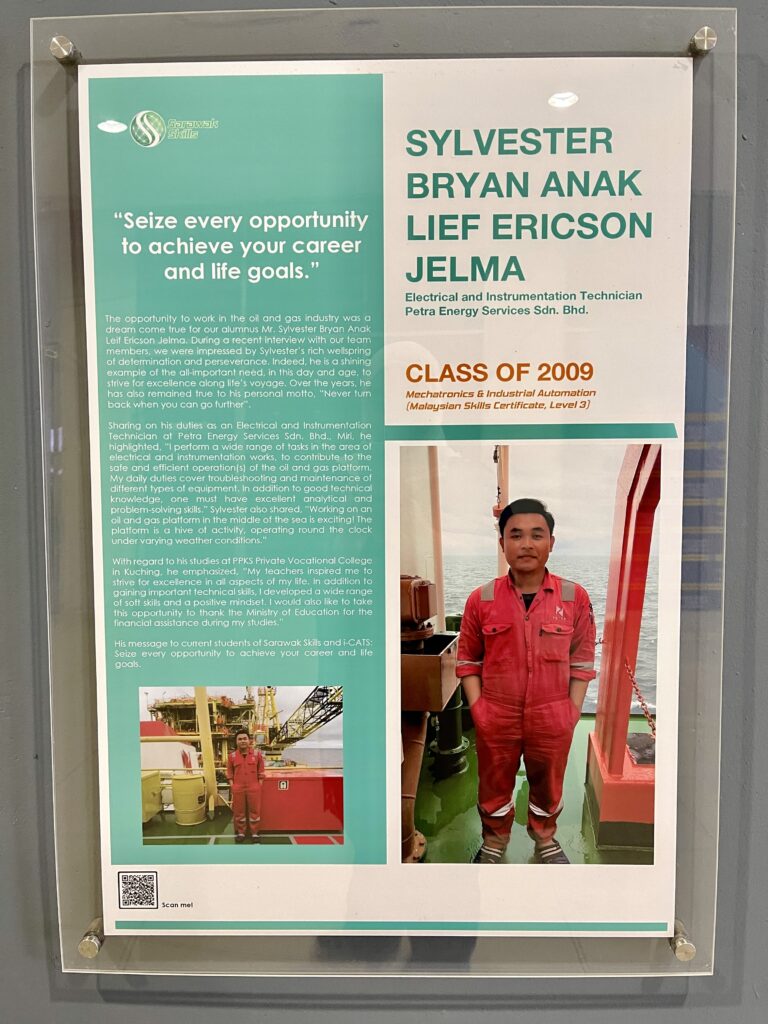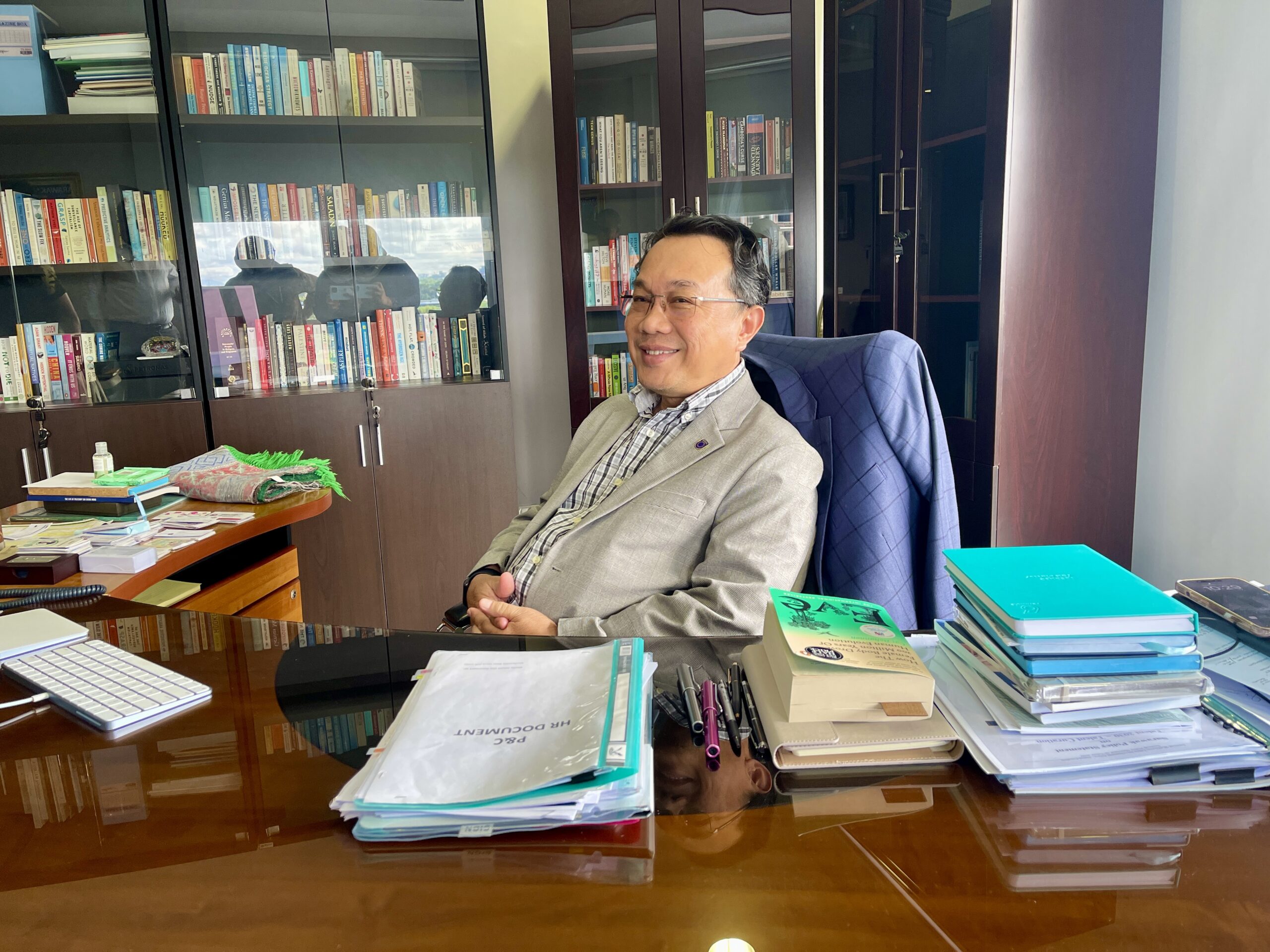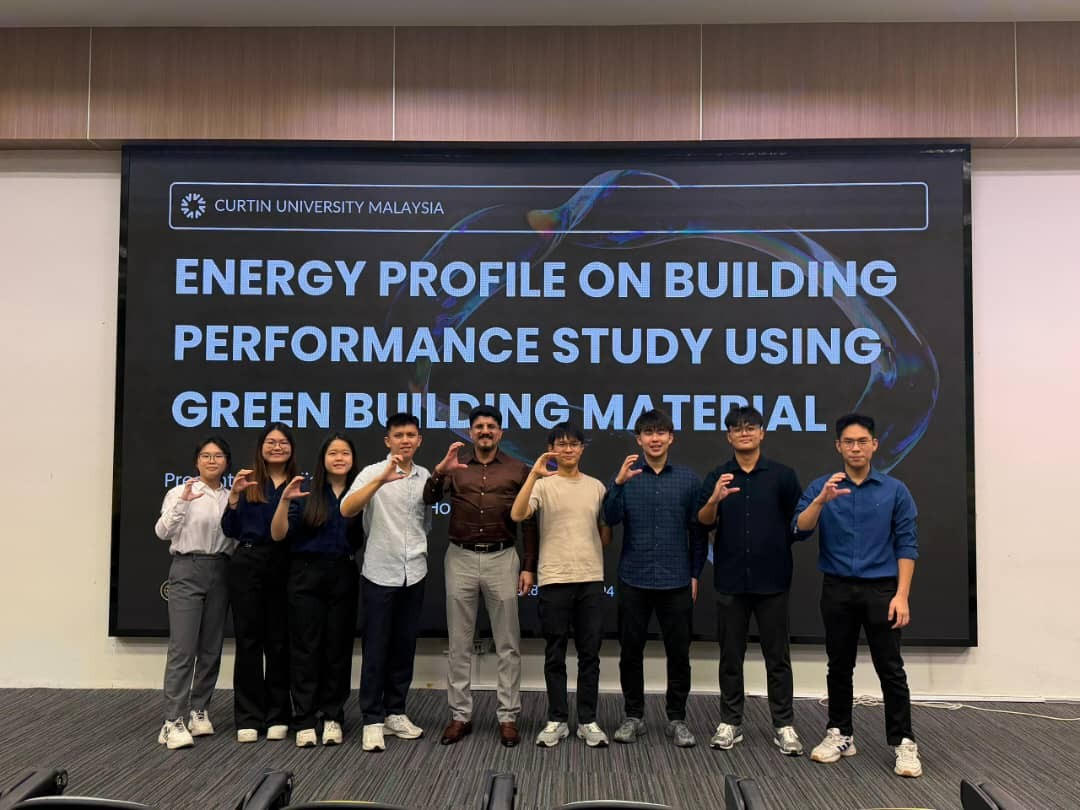From robotics to smart farming, today’s Technical and Vocational Education and Training (TVET) is anything but low-skilled. Hallman Sabri, Sarawak Skills executive director, says the future belongs to those with the right skills — not just the right grades.
Future-proofing Malaysia: Why TVET is no longer second class
For decades, Technical and Vocational Education and Training — better known as TVET — has been treated like the “Plan B” of Malaysian education.
It’s often seen as a last resort, a path taken only by students who struggle academically or come from lower-income families. But that outdated view, according to executive director of Sarawak Skills Hallman Sabri, urgently needs to change.
“People still see TVET as second-class education. But the reality is, it’s the answer to industry needs — and a powerful tool for social mobility,” said Hallman, who is also chairman of the Federation of Malaysian Skills Development Centres (FMSDC), in an exclusive interview with Sarawak Tribune.
This World Youth Skills Day, his message is clear: if Malaysia wants to become a high-income, tech-savvy, and future-ready nation, TVET can no longer sit on the sidelines.
Not new, but more relevant than ever
While the term “TVET” only entered the Malaysian vocabulary in the 1990s, the concept of hands-on, skills-based training goes much further back.
“What we now call TVET was previously known as technical education. Even during the colonial era, there were systems to train local talent for technical roles.

“The United Nations Educational, Scientific and Cultural Organisation (UNESCO) and International Labour Organisation (ILO) later helped popularise the term globally, and since then, it’s become a critical part of national development in many countries,” Hallman explained.
Germany is a prime example, where vocational education led by the private sector has long underpinned the country’s industrial strength and global reputation for quality manufacturing.
Malaysia, Hallman said, is only beginning to move in that direction — but it’s clear that the potential is massive.
“TVET directly contributes to productivity and Gross Domestic Product (GDP). It builds the middle class. It transforms lives,” he said.
In recent years, the government has made strides in formalising and scaling up this shift.
The establishment of the National TVET Council (MTVET), chaired by Deputy Prime Minister Datuk Seri Dr Ahmad Zahid Hamidi, is one such step — coordinating TVET efforts across ministries from education to human resources and youth development.
But if Malaysia is serious about embedding TVET into its economic DNA, Hallman believed the responsibility must be shared.
“At Sarawak Skills, we’re still largely dependent on government grants. That’s not sustainable in the long term.
“We’re working to educate industry partners to play a bigger role, because real progress comes when both public and private sectors invest in skills,” he pointed out.
TVET: In-demand, well-paid
One of the biggest misconceptions about TVET is that it only leads to what people call “3D jobs” — dirty, dangerous, and difficult. But today’s TVET is far more dynamic and future-focused.
Hallman is quick to list the fields now powered by skills training: robotics, automation, mechatronics, drones, smart agriculture, and high-precision manufacturing.
“I like to say that TVET is the cake, and digitalisation is the icing. You still need to know the core skills — how to wire a system, how to maintain equipment — but with technology layered on top, you’re no longer just doing manual labour. You’re doing smart work,” he said.
That shift isn’t just happening in theory — it’s already delivering results.
“One of our Sarawak Skills graduates was hired by an oil and gas company with a starting salary of RM6,500. His parents came to thank us personally. They were proud — and honestly, surprised,” Hallman recalled.

That kind of success story doesn’t just prove TVET’s value. It also challenges long-held prejudices.
“This is how we change mindsets. By showing that TVET isn’t just an alternative — it’s a first-class option that leads to high-tech, high-paying careers,” he added.
And that graduate isn’t the only one. Hallman shared that many students from B40 families have gone on to earn RM5,000 to RM6,400 per month after completing their certificate or diploma programmes — a life-changing leap for entire households.
Even informal learning counts. In his own village, Hallman has seen young men who started as deckhands rise through the ranks to become captains of commercial ships.
“That’s TVET too. It doesn’t only improve individual lives — it uplifts whole communities,” he said.
Skills over stereotypes
Still, not everyone is convinced. Many small and medium enterprises (SMEs) — which form the backbone of Malaysia’s economy — remain hesitant about investing in TVET-trained workers and digital technologies.

“The challenge is mindset. For SMEs, every cent counts. They’re often focused on immediate survival, not long-term innovation,” Hallman explained.
That’s where institutions like Sarawak Skills come in, acting as a bridge between emerging technology and hesitant industry players.
“We don’t just push technology onto them. We introduce it gradually, provide training, and show them the returns. Once they see the benefits — better efficiency, fewer breakdowns, more skilled workers — they come on board,” he said.
But beyond the boardroom and workshop floor, another deeply rooted barrier remains: public perception.
Despite clear upward mobility and industry demand, many parents still favour academic pathways for their children, believing vocational training to be a step down.
“That mindset is holding us back. Parents need to be aware that not all jobs are dirty or low-status. With the right training, TVET graduates can become engineers, specialists, and even business owners,” Hallman insisted.
“And many of them already have,” he added with a smile.
From skilled workers to skilled leaders
As Malaysia strives to become a high-income nation, much attention is given to infrastructure, connectivity, and foreign investment. But Hallman reminded us that human capital — especially skilled youth — is just as important.
“We can build all the roads and towers we want, but without skilled people to operate, maintain, and innovate, it means nothing. TVET is at the heart of that future,” he pointed out.
For him, TVET isn’t just about training technicians. It’s also about nurturing local entrepreneurs who can create jobs, lead businesses, and build industries from the ground up.
“We want to produce job creators, not just job seekers. That’s how you future-proof the economy,” Hallman said.
If there’s one thing he could change, it would be Malaysia’s continued reliance on foreign skilled labour in high-tech sectors, including plantations and factories.
“Why are we still bringing in outside talent when we have so many young Malaysians ready to be trained — and often, to perform better? It’s not just a missed opportunity. It’s an injustice to our own people,” he argued.

A future built on skills
Ultimately, Hallman believed Malaysia needs to value its homegrown talent — not just through education, but through action.
“We’ve already invested in their training. Now it’s time for industries to invest in them too — with fair pay, proper recognition, and real career progression,” he said.
For parents still unsure whether TVET is “good enough,” Hallman offered a final reminder: the world is changing, and so must our thinking.
“In this era, it’s not about which path you take — academic or vocational. It’s about having the right skills. And the world pays well for those who have them,” he affirmed, underscoring his belief in TVET’s potential.
From “last resort” to first-class opportunity, TVET is no longer an option to overlook. For young Malaysians — and their parents — the future starts with skills. And the future is already here.















